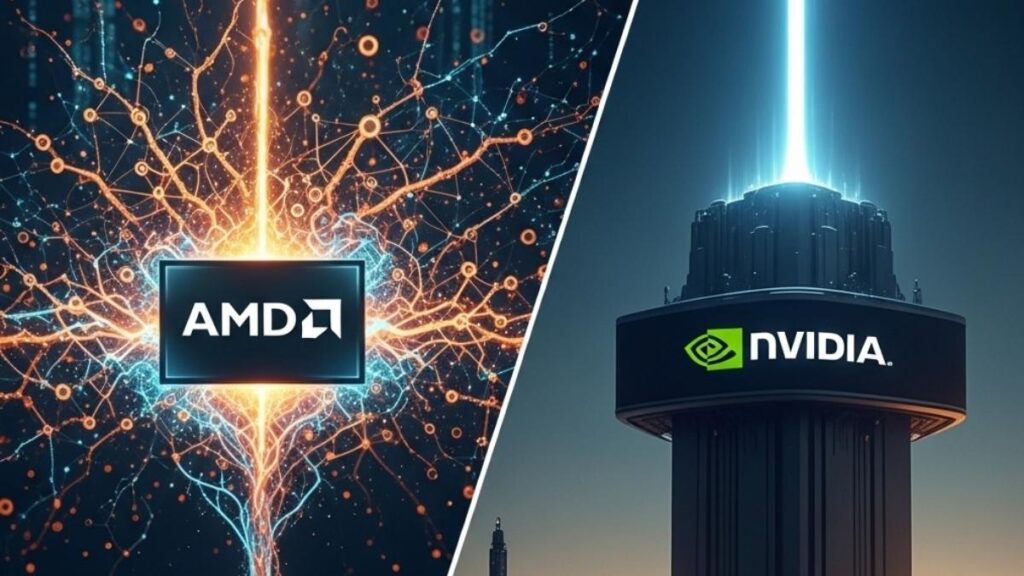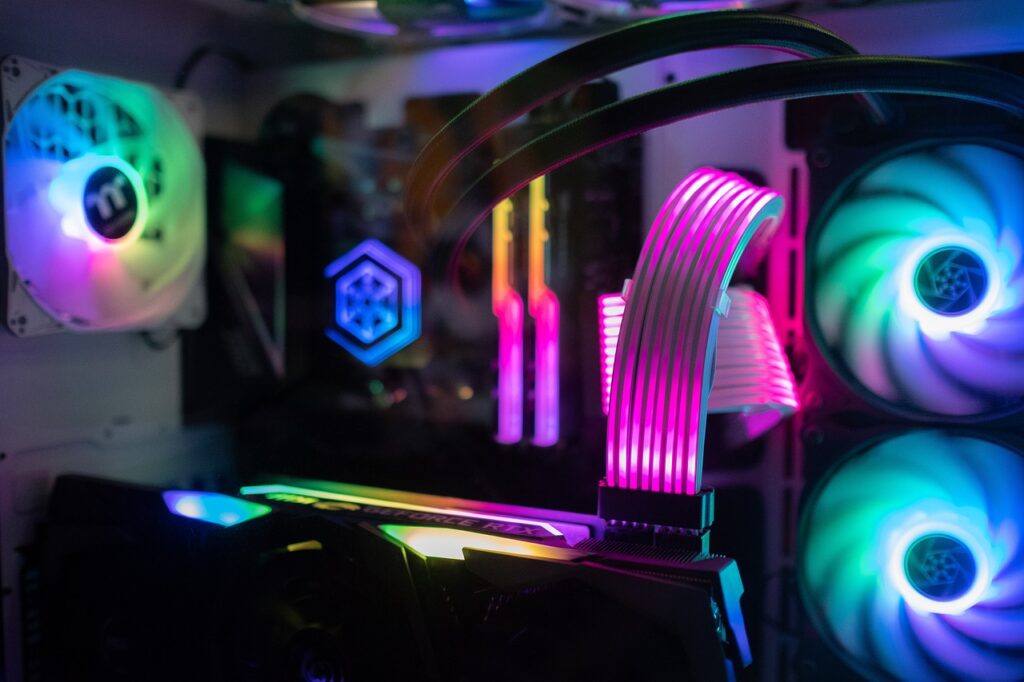AMD’s story is an interesting one particularly as their new CEO Lisa Su did her first financial analyst briefing this week. You could call AMD’s basic goal over the last several decades to simply get out from under Intel’s shadow so they could truly showcase what they can do. You can also use AMD as an example of why companies need to be led by subject matter experts—something we are seeing in Microsoft in spades this year and are beginning to see in AMD which is becoming a very different company that finally appears to be achieving that elusive goal of getting out from under Intel’s shadow.
The False Move to Mobile
One of the problems with AMD we saw over the last several years was that AMD’s board desperately wanted the company to move to mobile platforms because products like the iPad and iPhone were so popular. But this was an ill-conceived goal for two reasons. Intel was already struggling to make this same move and—even if successful—AMD was likely to remain under intel’s shadow. Also both the iPhone and iPad were using processors designed by Apple suggesting this trend could actually make companies like AMD obsolete.
In hindsight while smartphones remain very popular only Apple is really showing any real benefit from this trend and not only is Intel still struggling in this segment, so is virtually every smartphone and ARM vendor with the exception of Qualcomm. In mobile devices Qualcomm is effectively in Intel’s space so Intel is subordinate to Qualcomm, which is subordinate to Apple making this a nasty market for anyone to enter.
Ironically tablets are falling on hard times with declining sales due to an inability to truly take the place of PCs (Apple has crippled the iPad so as not to infringe on Mac sales) and the influx of phablets—smartphones that are so large they can be used as tablets.
The mistakes that most made were to focus on the device and not on what the device connected to and to focus on where the market was and not where the market will be. AMD is showcasing that they aren’t making this mistake by putting resources into specialized servers which serve mobile clients and things like virtual reality (VR) technology which could eventually make smartphones, tablets, and PCs obsolete.
High Performance Mobile Servers
AMD’s next generation server processor code named “ZEN” is designed for these future mobile workloads with an energy-efficient FinFET design that can scale with designs and loads, high performance cores, a unique simultaneous multi-threading architecture critical to ever more intelligent cloud applications, and high bandwidth / low-latency cache to insure critical cloud performance requirements are met. This product is due to market next year.
In addition AMD has a parallel development effort on ARM targeted at this same market giving future customers a unique choice of architectures because it has similar capabilities and is tied impressively closely to its sister Zen x86 processor development effort. This will give customers in 2017—when it becomes available—a unique choice of x86 and ARM architectures for a unique specialized class of servers focused on these new server loads.
Graphics and VR
One of AMDs unique capabilities for an x86 vendor is its ofListen industry-leading graphics capabilities—and it hasn’t been standing still. AMD will be one of the very first vendors to use FinFET technology at scale, a promising though illusive fabrication process which promises higher densities, greater speeds, and higher efficiency and this capability is being showcased in its CPUs, GPUs, and APUs. (This last is a blend of the other two). It is also one of the first to integrate High Bandwidth Memory which should provide a significant improvement in overall graphics performance (up to 3X per watt and greater than 50-percent power savings vs. GDDR5).
Finally AMD showcased a breakthrough SOC (system-on-a-chip) approach which will result in vastly smaller graphics cards and should result in even thinner, smaller notebook computers. All of these technologies applied to servers that use graphics technology for rendering, supercomputing, or big data analytics should give AMD a significant advantage in the market once the fully capable parts enter the market.
Enterprise Embedded and Custom Processors
This is really where AMD is stepping out of the norm because typically large companies build parts that are expected to be used off the shelf. AMD is creating a substantial business of parts that are designed specifically for the needs of one customer.
It’s been most successful with PlayStation and Xbox One game systems which have been getting a surprising amount of additional traction of late largely because both Sony and Microsoft are making huge investments to evolve these systems for new cloud opportunities like over-the-air (OTA) programming.
Using what it’s learned in this segment AMD is expanding into other markets and towards other opportunities where custom processors and embedded systems—like automotive and medical equipment—where these approaches have historically been very successful.
Virtual Reality
One of AMD’s unique efforts is LiquidVR which is working to set an early industry standard for virtual reality critical for hardware offerings like Oculus Rift and Microsoft’s holographic effort HoloLens. This is one of the most interesting ways AMD is moving head of the curve and attempting to define and help an emerging market focus on things that will assure it emerges faster and we then can use these amazing artificial reality and virtual reality offerings far sooner.
Wrapping Up:
In the end this all showcases why it is critical a technology expert like Lisa Su run a technology company like AMD. She understands the technology intimately, knows what it can and cannot do, and she is able to focus on things that AMD will do well—avoiding the attractiveness of trends that don’t fit with AMD”s skill set.
AMD showcased this week that it has its eyes on tomorrow and has a plan to be there when the market is ready. In that future AMD should emerge like a butterfly from a cocoon out from under Intel’s shadow and as market power in its own right.
- The HP OmniBook X Flip 2-in-1 16-Inch: Your New Digital Swiss Army Knife (Now in Glorious Atmospheric Blue) - June 25, 2025
- The Open AI Avalanche: Why AMD’s Collaborative Spirit Is Outmaneuvering NVIDIA’s Empire - June 22, 2025
- Lenovo Embraces OpenBMC: A Step Towards Greater Transparency and Control in the Data Center - June 17, 2025




Comments are closed.